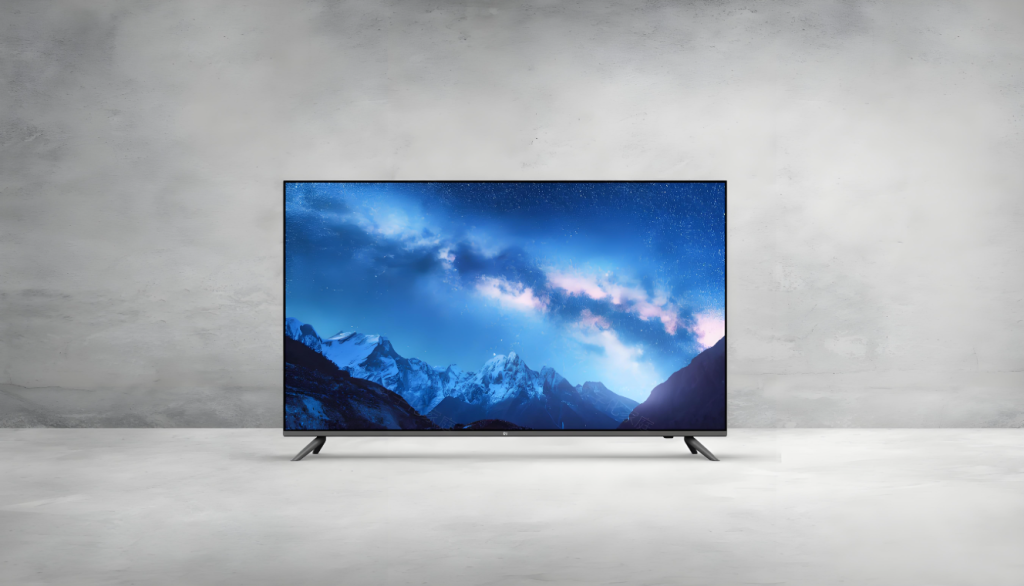With the rapid technological advancements in the TV and broadcasting industry, PCB (Printed Circuit Board) applications have become increasingly important. Whether in televisions, radio broadcast equipment, or streaming servers, PCBs play a critical role in providing efficient circuit integration, signal processing, and reliable performance.

PCB Applications in Televisions
Modern televisions are no longer just tools for watching TV; they have become the central hub for home entertainment. The PCB design within televisions is crucial for ensuring the smooth operation of image quality, sound performance, and smart functionalities. Below are the key applications of PCBs in televisions:
- Image Processing: The main PCB in a television is responsible for receiving and processing signals from various sources (e.g., TV signals, HDMI input, streaming platforms). They integrate high-performance image processors to ensure video playback is clear, with true colors and no delays.
- Audio Signal Processing: The audio module within the PCB processes sound signals through decoders, ensuring clear and immersive audio quality, and also supports advanced audio technologies like Dolby sound and surround sound.
- Smart Function Integration: Modern smart TVs need to support various apps and services like Netflix, YouTube, and voice assistants. PCBs integrate Wi-Fi modules, Bluetooth, and processors to make the TV capable of internet connectivity and app functionality.
- Display Control: The LCD or OLED screen in a TV requires precise power and signal management. PCBs integrate display control chips and power management systems to ensure the stability and performance of the display.
- Multimedia Input/Output: Televisions support multiple input ports (e.g., HDMI, USB, AV ports), and PCBs manage signal reception and switching, ensuring devices can handle various signal sources and external device connections.
PCB Applications in Radio Broadcast Equipment
Radio broadcast equipment requires highly accurate and reliable electronic support for signal reception, processing, and transmission. PCBs are essential components within these devices, particularly in the generation, modulation, and transmission of radio signals. Below are the key applications of PCBs in radio broadcast equipment:
- Signal Reception and Processing: The receiver PCB in radio broadcast equipment is responsible for receiving radio signals and processing them through decoders to ensure the broadcast audio quality is distortion-free. High-performance PCBs handle multi-band and high-bandwidth signal processing, delivering clear radio content.
- Broadcast Signal Transmission: The transmitter PCB in a radio station amplifies and modulates the broadcast signal. PCBs integrate high-power amplifiers and modulators to ensure the signal can cover a wide area and maintain broadcast quality.
- Audio Control and Effects Processing: Radio station audio consoles often feature multiple input/output channels. PCBs regulate volume, audio effects (e.g., equalizer settings), and mixing, ensuring that the broadcasted audio is clear and layered effectively.
- Radio Frequency Tuning: Radio stations need to tune into different radio frequency bands. PCBs integrate radio frequency tuning modules, allowing radio stations to adapt to various frequency requirements and maintain a stable wireless broadcast experience.
- Monitoring and Remote Control: Modern radio broadcast equipment often includes remote control and monitoring features. By integrating sensors and networking modules, PCBs enable remote diagnostics and control of the equipment, ensuring that the broadcasting equipment remains in optimal working condition.
PCB Applications in Streaming Servers
Streaming servers are core devices for transmitting and distributing video and audio content, playing an essential role in today’s media consumption environment. Streaming service providers rely on efficient and stable server systems to meet the growing traffic and quality-of-service demands. PCBs are widely used in streaming servers, and their applications include the following:
- Efficient Data Processing: Streaming servers need to process large data streams quickly and reliably. PCBs integrate high-speed processors, memory modules, and network interfaces to ensure data is processed and transmitted in real-time, preventing buffering and delays.
- Data Storage and Management: Streaming servers typically handle large volumes of video and audio files. PCBs support the connection of high-capacity storage devices, ensuring efficient storage, retrieval, and management of data.
- Multimedia Transmission Interfaces: Streaming servers must support various video and audio transmission standards, such as HDMI, USB, and SATA. PCBs integrate multiple interface modules, enabling servers to connect to diverse devices and support high-bandwidth data transfer.
- Load Balancing and Traffic Management: With the increasing number of users, streaming servers must handle higher concurrent requests. PCBs integrate load balancing and traffic management modules, ensuring efficient resource distribution across the server to prevent overload and service disruptions.
- Security and Encryption: Content copyright protection and user data security are crucial in streaming services. PCBs integrate encryption modules, ensuring the secure transmission and storage of video and audio content, preventing piracy and data breaches.
As technology continues to advance, PCBs will play an increasingly vital role in future TV and broadcasting devices, helping the industry meet growing demands and deliver richer, more efficient, and smarter media experiences.
